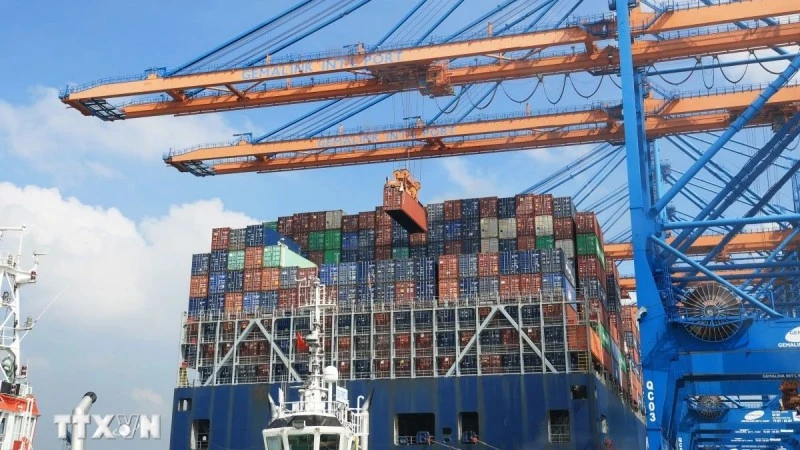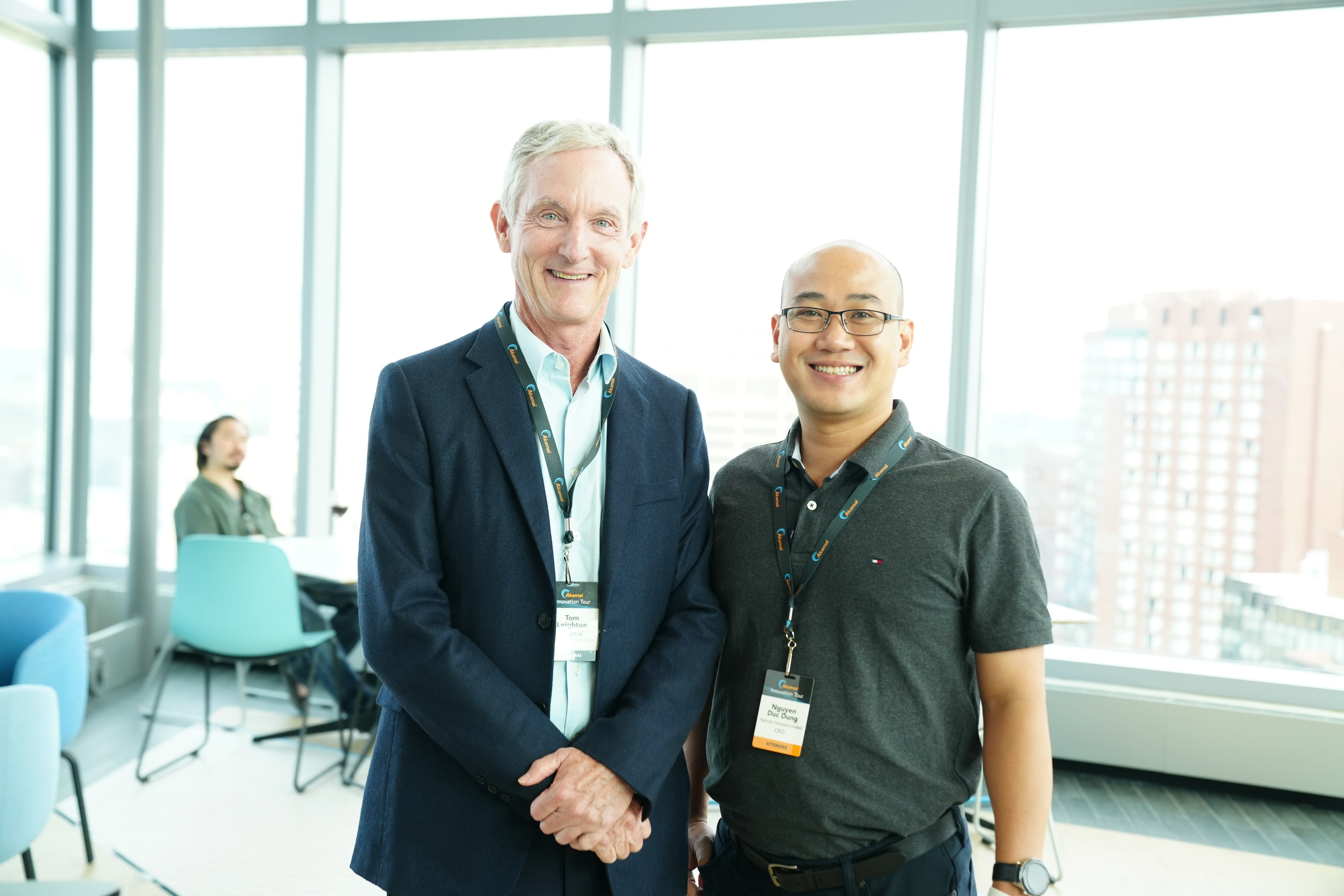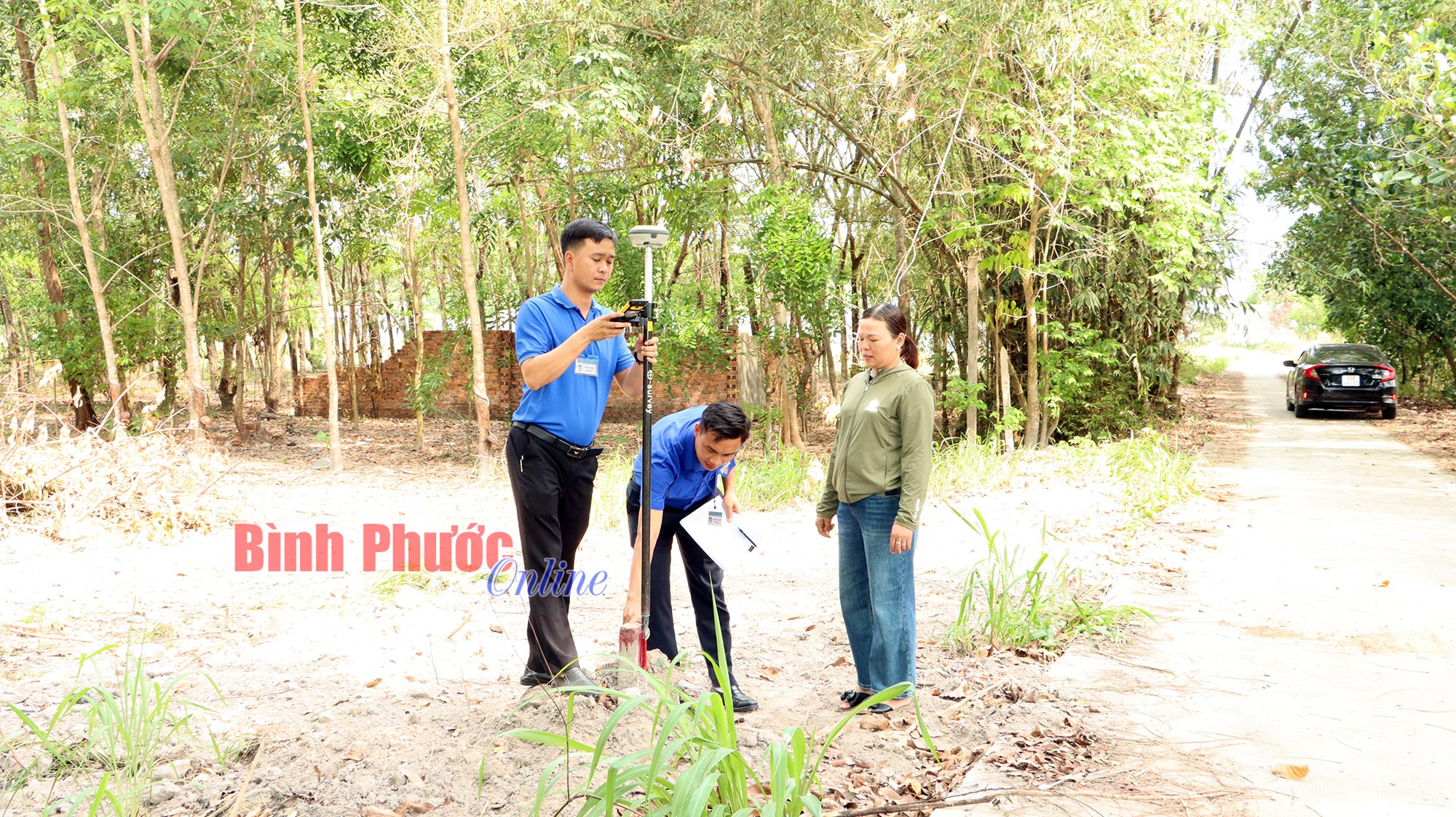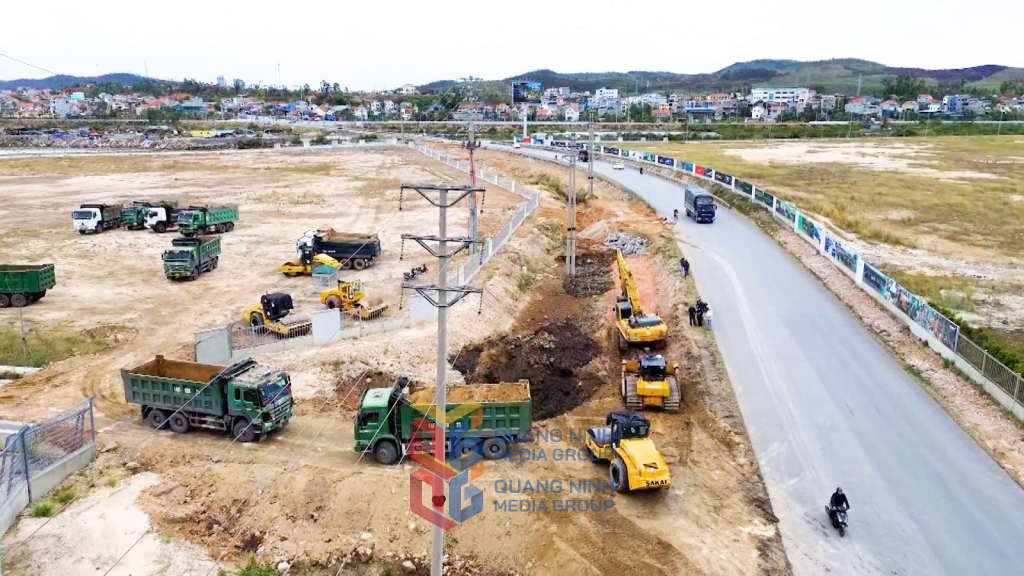 |
Unloading containers onto a 200,000DWT ship at Gemalink international port, Phu My town, Ba Ria-Vung Tau province. (Photo: Hong Dat/VNA)
ASEAN Economic Community (AEC) Deputy Secretary-General Satvinder Singh said ASEAN is on track to become the world's fourth largest economy by 2030 from the current fifth position, with an advanced and important macroeconomic environment. GDP has soared 51% to US$3.8 trillion by 2023 from US$2.5 trillion in 2015. Speaking at the "Vision 2045: The ASEAN Era" conference co-organized by the Malaysian Ministry of Investment, Trade and Industry (MITI), the ASEAN Business Advisory Council and the Boston Consulting Group on August 6, Mr. Singh said the above assessment is further reinforced by the increase in regional trade to US$3.5 trillion by 2023 from US$2.3 trillion in 2015, helping to significantly increase per capita income. This reflects ASEAN’s continued commitment to becoming an open economic region for global trade and investment, which has improved significantly, he said. Importantly, he noted, ASEAN is among the very few regions in the world where trade is close to its GDP. The largest trade volume is not between ASEAN and China or the United States, but intra-regional trade, which is around $800 trillion. He noted that ASEAN has “accelerated” to become the world’s largest trading region, as well as increased trade with other regions in the world. This is unique to the ASEAN economies, unlike the European Union or the North American Free Trade Area. For Canada, Mexico and the European Union (EU), most countries trade with each other rather than with other parts of the world. In the Southern Hemisphere, ASEAN is also the largest recipient of foreign direct investment, with a total value of about $230 billion today, Singh said. In the coming years, global supply chains of companies with low carbon emissions and high-value activities are likely to be located in ASEAN countries. Some of the sectors that will see significant growth include semiconductors, agriculture, data equipment, as well as the minerals and metals industries. In addition, the attraction for ASEAN is technological transformation, and advanced technologies such as 5G, artificial intelligence, and the Internet of Things will create an additional $8 trillion. However, experts said that ASEAN should work to reduce the cost of technology and ensure that regional economies have access to technological equipment and solutions. Meanwhile, Mr. Singh expressed concern that the region’s youth workforce is expected to decline while the older workforce is expected to increase slightly. He said automation will also affect different types of occupations among the 10 member states. Therefore, reskilling young workers in technology and innovation through technology management centers, online education platforms on science, technology and innovation, and upskilling seniors will boost productivity and help strategic industries grow.






![[Photo] Prime Minister receives a number of businesses investing in Ba Ria-Vung Tau province](https://vrviet.vn/vietnam/resource/IMAGE/2025/3/20/068bd1ddb87d45fdbc413938e67a82e4)
![[Photo] President Luong Cuong receives Ambassador of the Dominican Republic Jaime Francisco Rodriguez](https://vrviet.vn/vietnam/resource/IMAGE/2025/3/20/f64a359081824c3080b2b4890d87bcb7)
![[Photo] General Secretary To Lam meets with Vietnamese and Chinese students studying abroad in different periods](https://vrviet.vn/vietnam/resource/IMAGE/2025/3/20/2bae76339cc64f938f15da2a403fb346)
![[Photo] Lost in the fairy-tale-like pear flower garden in Na Hang, Tuyen Quang](https://vrviet.vn/vietnam/resource/IMAGE/2025/3/20/b85ec7408bbb40f8be763f3d4f585c54)
![[Photo] Conference approved the Draft Report on inspection results for the Standing Committee of Hung Yen Provincial Party Committee](https://vrviet.vn/vietnam/resource/IMAGE/2025/3/20/a5b3bf15b9c34d138756cc01eafceb4d)















Comment (0)